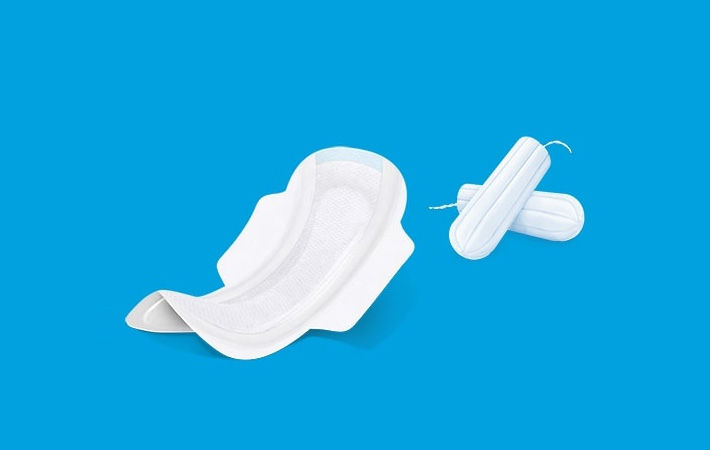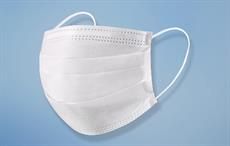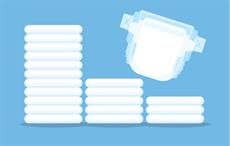Ontex, an international personal hygiene group, has come out with an innovation to improve incontinence care. It has developed a top-quality diaper with a printed sensor, a transmitter clipped onto the diaper as well as an application for mobile devices. This determines the saturation level of the diaper and the risk of leakage, alerting caregivers.
Ontex’s smart solution comprises a top-quality diaper with a printed sensor, a transmitter clipped onto the diaper as well as an application for mobile devices. This combination accurately determines the saturation level of the diaper as well as the risk of leakage and alerts caregivers when it is necessary to change the diaper. This enables tailored, individual continence support for patients which contributes to the well-being of users, families and caregivers alike. The smart diaper also reduces the environmental impact of care institutions by decreasing unnecessary diaper usage and allowing savings on laundry.Ontex, an international personal hygiene group, has come out with an innovation to improve incontinence care. It has developed a top-quality diaper with a printed sensor, a transmitter clipped onto the diaper as well as an application for mobile devices. This determines the saturation level of the diaper and the risk of leakage, alerting caregivers.#
Xavier Lambrecht, president, Ontex Healthcare Division, said: “With this smart diaper, Ontex’s objective is to develop and promote better continence management and improve the quality of life of those suffering from this condition. It will also be a huge help to caregivers. The new smart diaper is a result of our long-standing innovation programme at our R and D centre for adult care. It will reduce the time hospital and care-home staff spend on continence care, freeing up time and budget for other essential care tasks.”
Ontex’s new smart diaper has successfully passed the first stage of its validation after six weeks of testing in normal conditions of use at a senior care facility in Belgium. Results show the potential to reduce cases of urine leaks on clothes and linen by up to 50 per cent, therefore alleviating one of the most burdensome and costly tasks in institutions. The validation process will continue during the first half of 2021, with a gradual commercial launch in the second quarter of this year.
Incontinence is a very common condition. Almost one in ten persons in Belgium already suffers or will at some time suffer from some form of incontinence (defined as involuntary emission of faeces or urine, and loss of bladder or sphincter control). Even if incontinence is most common among the elderly, it affects all ages of the population.
Incontinence is perceived as an embarrassing condition and finding the right support and personal hygiene product can be a challenge for people suffering from it. Moreover, as experienced during the current COVID-19 pandemic, hospitals and elderly care facilities face tremendous time and budget pressure to take care of patients. Incontinence is one of the most prevalent conditions in age care facilities and one of the most important components of the cost for caring in institutions.
Fibre2Fashion News Desk (SV)


